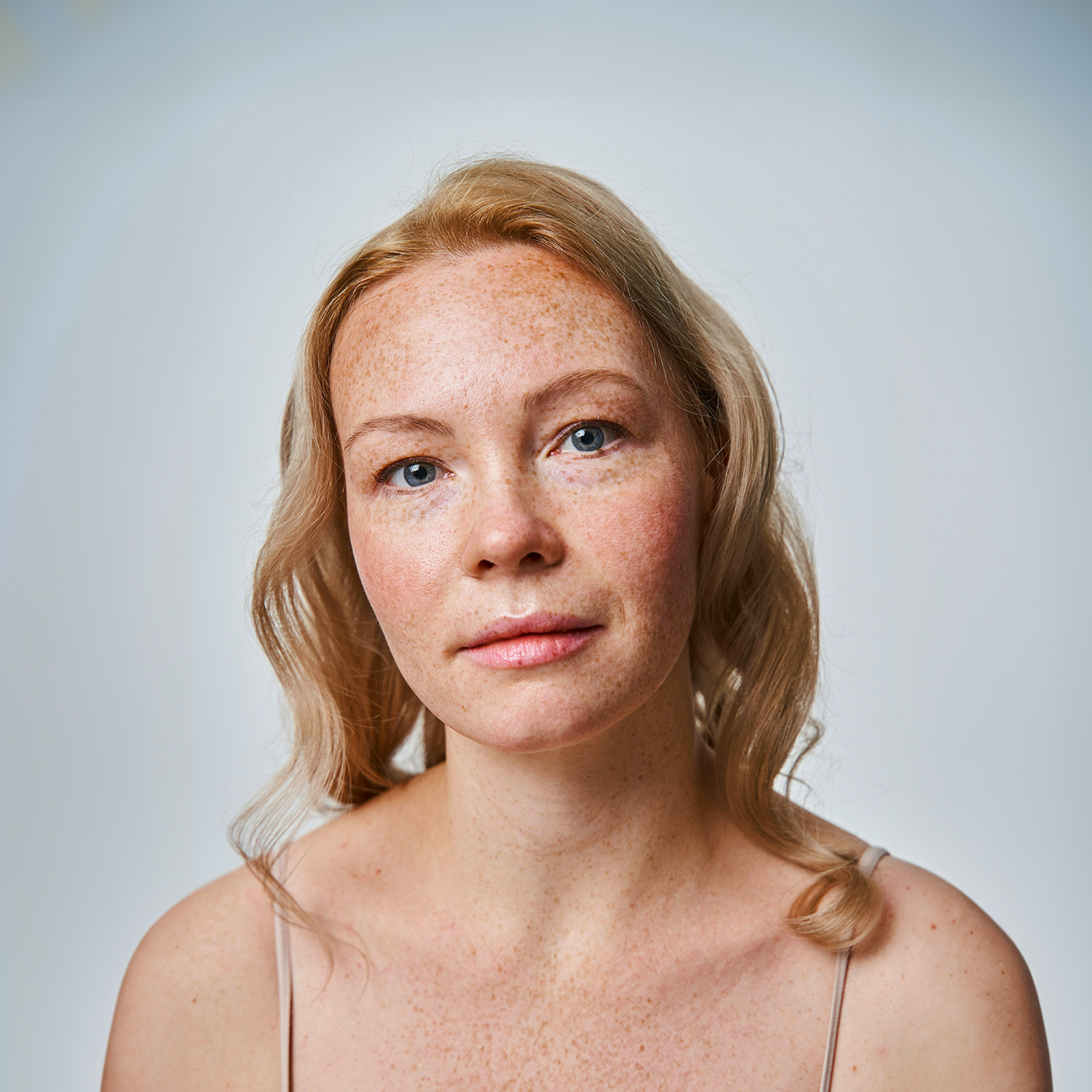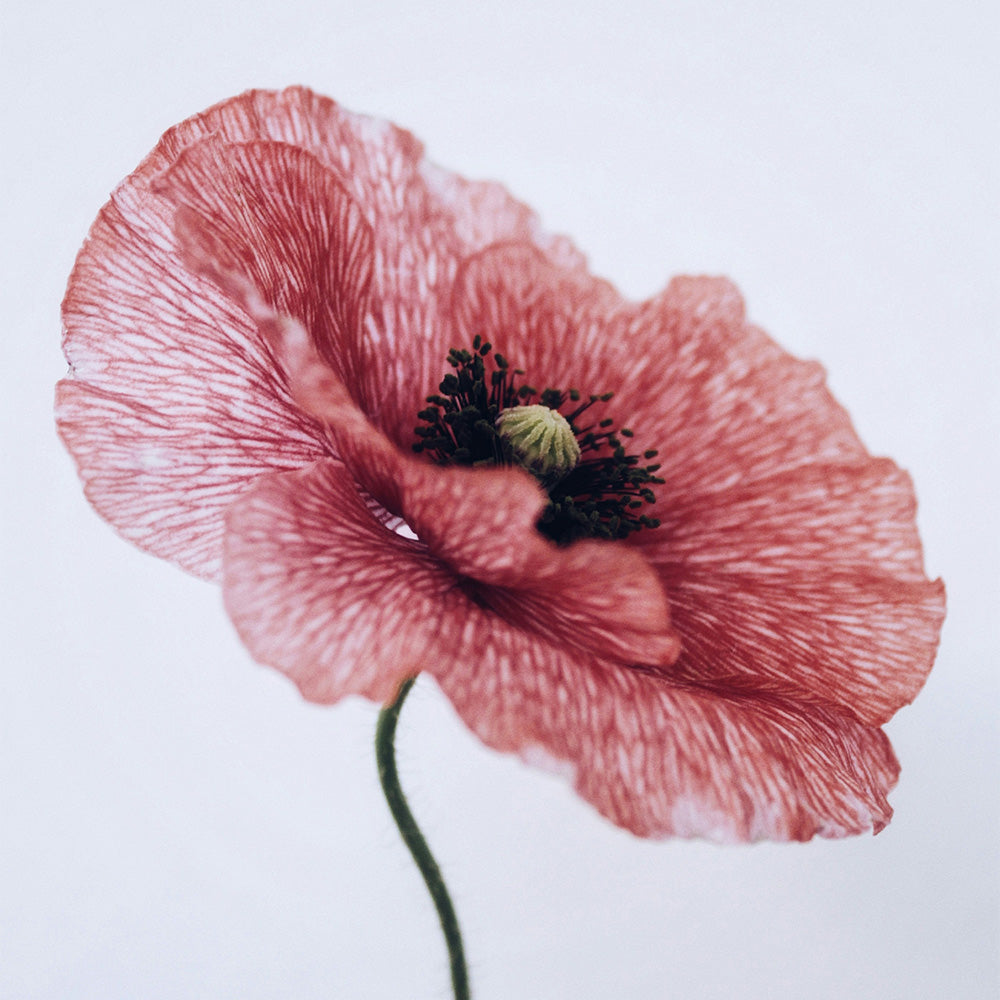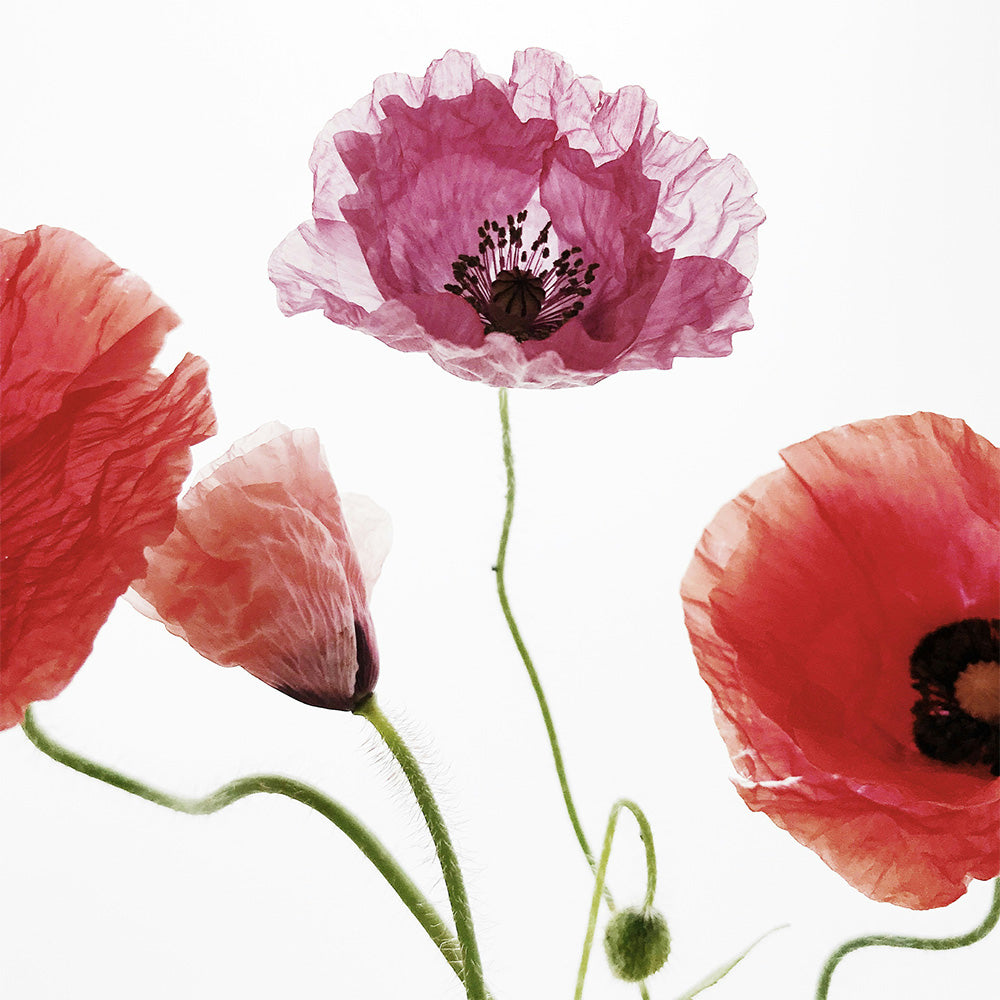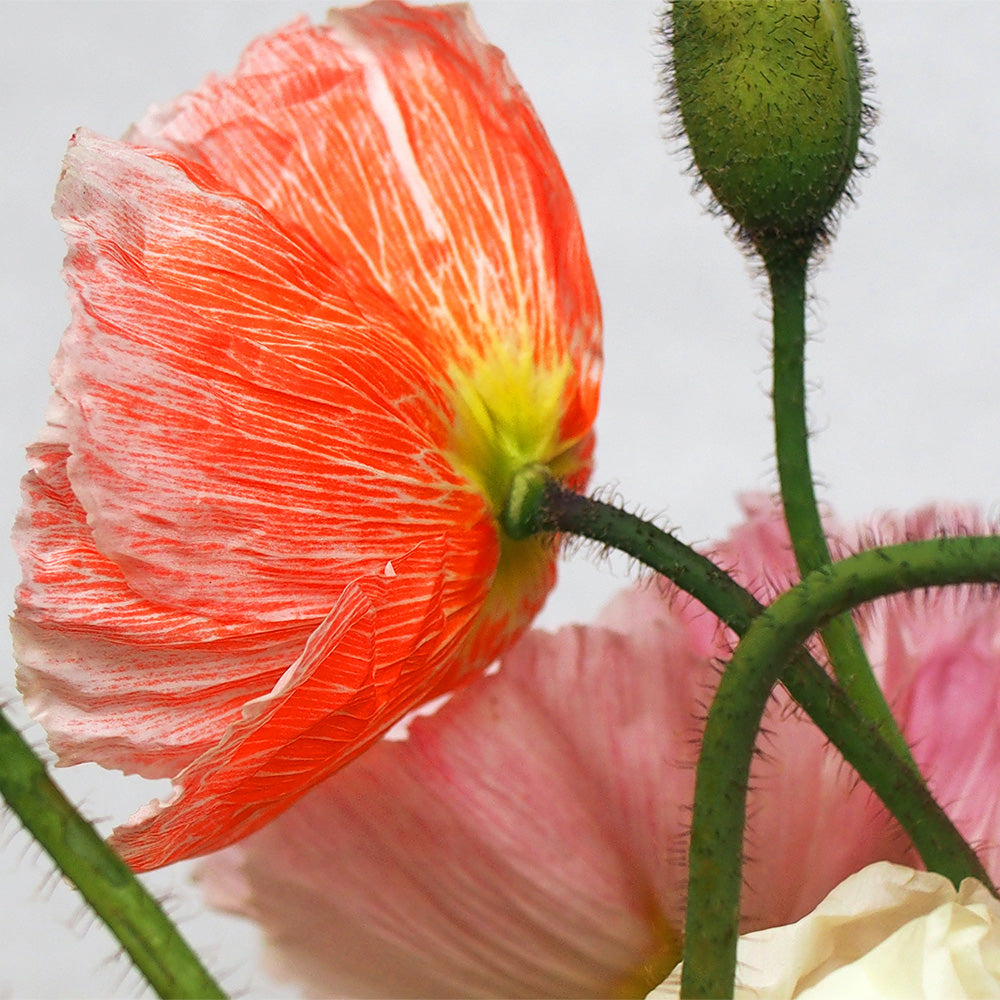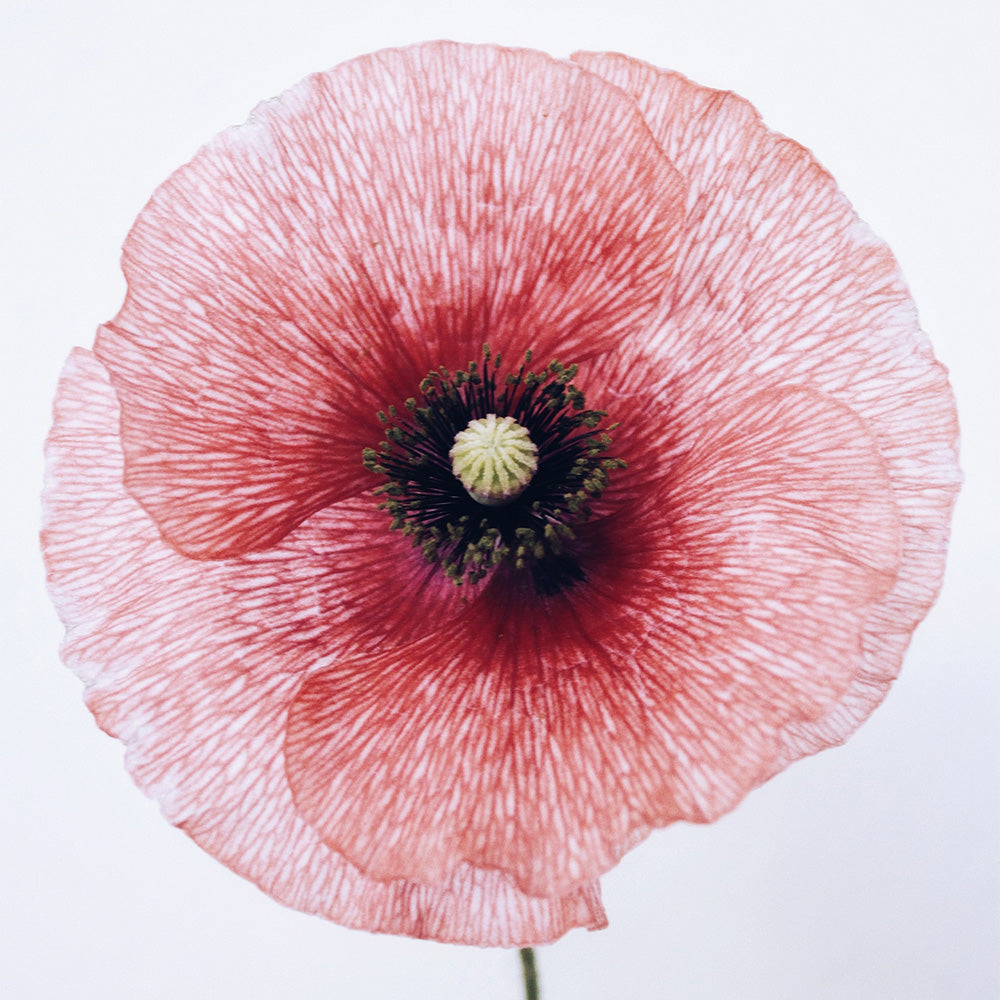
Understanding The History of Chinese Medicine and How It Works
How does Chinese medicine differ from Western medicine regarding principles and practices?
Chinese Medicine emphasizes the balance of yin and yang and the flow of vital energy or qi. It focuses on treating the root cause of illness and achieving harmony within the body, while Western medicine often targets specific symptoms and uses pharmaceutical interventions to treat illnesses.
Key Highlights
- For over 2,000 years, Chinese medicine, also known as traditional medicine (TCM), has been a go-to for diagnosing, treating, and preventing various illnesses.
- At the heart of TCM lies the belief in yin and yang - two opposing forces that must be balanced to ensure good health. It emphasizes the importance of qi's flow or vital energy along pathways called meridians.
- Key ideas in this medical tradition include understanding yin and yang balance, recognizing the five elements' roles, and ensuring qi flows smoothly to maintain health.
- When it comes to figuring out what's wrong with someone in TCM terms; practitioners rely on checking your pulse rate at different points on your wrist looking closely at your tongue ,and observing other physical signs .
- -With treatments ranging from acupuncture needles stimulating specific body points herbal remedies warming up certain areas with moxibustion sticks,and advice from experienced TCM practitioners patients have many options for seeking relief .
Introduction
Chinese medicine, often called traditional Chinese medicine (TCM), is a well-established medical system that's been around for more than 2,000 years. It comes from ancient Chinese medical history and uses ideas like yin and yang, the flow of qi (which means vital energy), and meridians which are paths in your body that qi moves through. TCM is widely practiced in many parts of the world, including Hong Kong, and is gaining popularity as a complementary therapy to Western medicine. With the codification of Traditional Chinese Medicine by the Chinese government in the 1950s and '60s, this rich medical system, which incorporates traditional practices, has become more widely recognized and practiced globally, incorporating practices such as qigong and taichi.
In this type of medicine, keeping yin and yang balanced is really important for staying healthy. Yin is all about the calm and feminine aspects while yang focuses on being active and masculine. When these two forces work well together, you're likely to be in great health. But if they're out of sync, it could cause health problems. TCM doctors try to get these back into balance using different methods.
Qi plays a big role too; it's seen as an essential energy flowing through your body that keeps everything running smoothly. If something blocks or messes up this flow, you might start feeling sick. The goal of TCM treatments is to fix any issues with qi’s movement.
Meridians are kind of like highways for qi inside your body connecting various organs ensuring qi gets where it needs to go properly.TCM experts use their understanding of meridians along with specific points on them when figuring out how best to treat someone’s illness.
The Roots of Chinese Medicine
Chinese medicine's story goes way back, starting around 200 BCE during the Han Dynasty. But if we look even further into the past, it actually begins with oracle bones in ancient China. These were special bones that had questions and answers written on them, showing us some of the first signs of medical practices there.
The Han Dynasty took a big step forward: They started writing medical texts. This was huge because it set the stage for Chinese medicine to grow into what we know today. In these writings, they talked about using plants for healing (herbal medicine), sticking needles in specific points on the body (acupuncture), and other ways to help people feel better. These ideas were so good that TCM practitioners still use them centuries later.
Early Influences and Philosophical Foundations
A mix of different ways of thinking and cultural backgrounds played a big part in the development of Chinese medicine. Taoism, for example, was really important because it talked about living in harmony with nature. This idea helped shape how people understood yin and yang—two opposite forces—as well as qi or vital energy.
Confucianism also influenced Chinese medicine by stressing the need for social peace and good behavior. These ideas match up with what TCM aims to do: keep things balanced and harmonious inside our bodies.
At the heart of TCM's beliefs are yin and yang. Yin is all about being calm, cool, and feminine, while yang is more about being energetic, warm, and masculine. According to Chinese medicine practices, keeping these two energies in check is key to staying healthy. These practices try to fix any imbalance between them.
Development Through Dynasties
Chinese medicine continued to develop and evolve through various dynasties in Chinese history. During the Han Dynasty, medical texts were recorded, which served as the foundation for later developments in TCM. These texts documented the use of herbal medicine, acupuncture, and other therapeutic modalities.
In the Ming Dynasty, further advancements were made in the field of Chinese medicine. The Ming Dynasty saw the publication of important medical texts, such as the "Compendium of Materia Medica" by Li Shizhen, which provided detailed information on various herbs and their medicinal properties.
The following text table provides an overview of the development of Chinese medicine through the Han and Ming dynasties:
| Dynasty | Developments in Chinese Medicine |
|---|---|
| Han Dynasty | Recording of medical texts and development of herbal medicine, acupuncture, and other modalities |
| Ming Dynasty | Publication of important medical texts, including the "Compendium of Materia Medica" |
Core Concepts of Chinese Medicine
In Chinese medicine, the big ideas are all about keeping things in balance. It's like making sure everything inside you is working together just right.
With yin and yang, it's a bit like having two sides of a coin - one side is yin, which is more chill and laid back (kinda like the cool shade), and then there’s yang, which is all about being active and warm (like sunlight). For us to feel our best, these two need to be in perfect harmony.
Then there are these five elements: wood, fire, earth, metal, and water. Each plays its own special role in how we feel physically and mentally because they're linked with different parts of who we are and nature itself. Ensuring these elements vibe well together helps keep our inner world balanced.
At the heart of this system lies vital energy or qi—think of it as your body’s power supply that keeps everything running smoothly. Qi flows through us like an invisible river; when it moves freely without any blockages, thanks to a good mix of yin and yang, plus those five elements doing their thing correctly, it ensures we stay in tip-top shape.
The Theory of Yin and Yang
In Chinese medicine, the idea of yin and yang is really important. Think of yin and yang as two forces that are totally opposite but also need each other to keep things just right in our bodies. Yin is all about being calm, cool, and more on the gentle side - kind of like what we think of as feminine traits. On the other hand, yang is about being energetic, warm, and more go-getter - which people often see as masculine traits.
For us to feel our best, these two energies have to be in perfect harmony. When they're balanced just right, everything in our body works smoothly; this state keeps us feeling healthy. But if there's a deficiency or imbalance between yin and yang, health problems can start popping up.
This balance has a lot to do with something called qi (pronounced "chee"), which you can think of as vital energy flowing through your body. With yin and yang in harmony,, qi moves easily everywhere it needs to go., keeping us feeling good.. To help get back on track when things aren't balanced,, treatments from TCM (Traditional Chinese Medicine) focus on getting these energies into alignment again so that qi flows well,. leading towards better health overall.
The Five Elements and Their Significance
In Chinese medicine, there are five key elements: wood, fire, earth, metal, and water. These elements play a big role in how our bodies work and connect with nature around us. They're all about keeping things balanced inside us.
For instance, each of these elements is linked to different parts of our body and even our feelings or the time of year it is. Wood relates to the liver and gallbladder; fire connects with the heart and small intestine; earth ties back to the spleen and stomach; metal corresponds with the lungs and large intestine, while water matches up with the kidneys bladder.
The idea here is that for someone to be in good health, their vital energy, known as qi, needs to flow smoothly, which means all five elements need to work together just right. Treatments in TCM (Traditional Chinese Medicine) focus on getting these five elements into harmony again if they're out of whack. This can be achieved through various practices such as Chinese massage, called tui na, and exercises like tai chi and qi gong, which combine movement with meditation. In TCM, the body’s internal organs are thought of not only as individual structures but also as complex networks. According to TCM, qi flows through organ systems, the kidneys, heart, spleen, liver, lung, gallbladder, small intestine, and large intestine, by way of meridians. Understanding the five elements and their significance, particularly in relation to common symptoms such as abdominal pain, is crucial to understanding how TCM works.
The Body in Chinese Medicine
In Chinese medicine, it's believed that our bodies are like busy systems constantly moving with vital energy called qi. This energy is key to keeping us healthy and is affected by how well yin and yang balance out, along with the smooth teamwork of five elements.
A network known as meridians runs through the body. These pathways let qi (energy) flow around to different parts, making sure every organ gets its share. The goal of TCM (Traditional Chinese Medicine) treatments is to get this qi flow back on track and ensure it moves freely everywhere.
Besides just focusing on qi and meridians, there's also a big emphasis in Chinese medicine on body fluids like blood. They're super important for feeding our organs and tissues what they need to work their best. Keeping these fluids balanced plays a huge part in staying in tip-top shape.
Understanding Qi, Blood, and Body Fluids
In the world of Chinese medicine, three things are super important for staying healthy: qi, blood, and body fluids.
Qi is like this vital energy that keeps everything in our bodies running smoothly. It travels through paths called meridians to feed our organs and tissues, making sure they work right. If something messes up the flow of qi, we can start feeling pretty bad.
Blood's job isn't too different; it brings nutrients everywhere in your body and helps carry around essential stuff needed to keep you going strong. But if there's a problem with how much or what kind of blood you have, health issues might pop up.
Then there are body fluids—think about saliva or tears—which keep us moist and balanced between yin and yang energies.
Treatments in Traditional Chinese Medicine (TCM) focus on restoring harmony among these elements—qi, blood, and crucial bodily fluids—to fix any imbalances and promote better overall health.
The Meridian System and Its Function
In Chinese medicine, there's this important idea that our bodies have a special kind of energy called qi. This energy travels through paths in our body known as meridians. Think of these meridians like highways for qi to move smoothly and keep us feeling good.
There are 12 big highways or main meridians, each linked to an organ or part of the body that has its own job. But it doesn't stop there; we also have lots of smaller roads connecting different spots all over the place.
For us to be in tip-top shape, this qi needs to flow without any roadblocks. Sometimes, though, things get stuck, which can make us feel uneasy. That's where TCM comes into play—it’s like being a traffic controller for the qi, making sure it moves freely again.
When practicing acupuncture, which is part of TCM practices, practitioners focus on specific points along these pathways—think of them as rest stops or gas stations—to help get everything moving again and restore balance inside the body.
Diagnostic Methods in Chinese Medicine
In Chinese medicine, it's super important to figure out what's going on inside the body. TCM practitioners have a bunch of ways to check if everything's in harmony, especially by looking at yin and yang and how qi is moving around.
One way they do this is by checking your pulse. It’s not just about counting beats; they feel for how strong your pulse is, its rhythm, and other details that tell them more about your health than you might think.
Then there’s tongue diagnosis. By taking a look at your tongue - its color, shape, what kind of coating it has (if any), and even how wet or dry it seems - these experts can pick up clues about what’s happening with your health overall.
In addition to all that, there is observation. With keen eyesight, things like skin tone changes, subtle shifts in someone's voice, or the way they move could give away signs related to balances between yin and yang as well as the flow of qi throughout their system.
Pulse Reading and Tongue Diagnosis
In traditional Chinese medicine (TCM), checking the pulse and looking at the tongue are key ways to determine a person's health. When it comes to pulse reading, TCM experts pay close attention to how your pulse feels—its strength, speed, and rhythm. This helps them understand if everything in your body is balanced, including the flow of qi (a vital energy) and whether yin and yang (two opposing forces) are in harmony.
With tongue diagnosis, they look at your tongue’s color, shape, wetness, and any coating it might have. They believe that different parts of your tongue can show how well your internal organs are doing. Just like with pulse reading this method gives clues about yin-yang balance, the flow of qi, and spotting any issues before they get serious.
Both techniques don't hurt a bit but offer valuable insights into one’s health for those practicing Chinese medicine. They're all about catching problems early on by noticing tiny changes in the body related to imbalances or disorders.
Observation and Inquiry Techniques
In traditional Chinese medicine, or TCM for short, there are two key ways to figure out what might be wrong with someone: looking closely and asking questions. When they look at you, they're checking things like your skin color, how your eyes look, the sound of your voice, and how you move. They think these clues can tell them a lot about yin and yang in your body (which are important concepts in their belief system), how well qi (a kind of life force) is moving around inside you, and if you're generally healthy.
Asking questions is just as crucial. A TCM doctor will want to know all about any health problems you've had before now, what symptoms are bothering you right now, and even details about how you live day-to-day. This information helps them piece together a picture of what's going on inside that might not be balanced quite right or could be causing trouble.
Together, these methods help those practicing Chinese medicine get a full view of someone's health so they can come up with exactly the right plan to help fix whatever might be off balance—whether it’s an issue with qi flow or something else throwing off yin and yang levels.
Main Treatment Modalities
Traditional Chinese medicine offers several different ways to help restore your body to balance and maintain health.
One popular method is acupuncture. This involves putting really thin needles into certain spots on your body that line up with what they call meridians. The idea is to kickstart the flow of qi and get everything balanced again.
Then there's herbal medicine. With this approach, a TCM practitioner figures out exactly what herbs might work best for you based on how you're feeling or any health issues you have. These special mixes of herbs aim to address imbalances, heal problems, and generally boost your well-being.
Another technique used in TCM is moxibustion. It's pretty interesting because it uses dried mugwort, which gets burned near those specific points on your body we talked about earlier—again, all in an effort to improve the flow of qi and ensure your body stays warm.
There is also gua sha, which has become very popular for self-care treatments with viral videos showing it's use on TikTok and Instagram. Gua sha is a massage technique that dates back at least to the Ming Dynasty (1368) to address various health concerns. Gua Sha restores balance to the body's energy through the gentle scraping of a blunt tool over the skin's surface to stimulate blood circulation.
Having someone who knows their stuff when it comes to TCM can make a big difference too. They look at how healthy you are overall before suggesting things like acupuncture or herbal remedies so that whatever plan they come up with fits just right for what needs fixing.
Acupuncture and Moxibustion
In TCM, acupuncture stands out as a major treatment. It's about gently placing thin needles into certain spots on the body to get qi moving and bring back balance. These specific points are found along meridians, which are like energy highways in our bodies.
Along with acupuncture, there's this method called moxibustion that often goes hand in hand with it. This involves burning a special herb named moxa close to the skin at these acupuncture points to warm them up and boost qi flow even more, making the benefits of acupuncture stronger.
Both these techniques focus on getting qi flowing smoothly again and help kickstart the body’s own way of fixing itself. They've been proven good for easing pain, cutting down swelling, and boosting overall health when done by someone skilled—a certified TCM practitioner knows exactly how to do this safely.
Herbal Medicine - Principles and Practices
Herbal medicine plays a crucial role in TCM, making use of various Chinese herbs. These are sorted based on what they do and how they affect us. Often, these herbs are mixed together to make special blends tailored for each person's needs.
Chinese herbs help address specific health issues by targeting imbalances within our bodies. Whether through teas, powders, pills, or creams, these herbal treatments aim to get to the root of health problems instead of just easing symptoms.
The whole idea behind using herbal medicine in TCM is to get everything back in balance and kickstart our body's way of healing itself. For many years now, people have turned to these unique mixtures made from Chinese herbs not only for minor sicknesses like colds but also for more serious long-term illnesses such as heart disease, asthma, allergies, and nausea and vomiting, despite the potential complications that may arise.
Special Therapies in Chinese Medicine
In Chinese medicine, there are some special treatments like cupping, gua sha, tui na massage, and changing what you eat. These methods usually go hand in hand with acupuncture and using herbs to improve their effectiveness and help the body heal.
With cupping therapy, they put glass or plastic cups on your skin to suck it slightly. This method is great for getting your blood moving better, easing muscle tightness, and helping the flow of qi throughout your body. Gua sha involves gently scraping your skin with a tool that has smooth edges to boost circulation and ease pain.
Tui na massage is another TCM technique in which different movements are used to press specific spots on the body. It helps get your blood flowing smoothly again while relaxing tense muscles. In TCM philosophy, eating habits are all about choosing foods that match well with how you're feeling health-wise.
Cupping, Gua Sha, and Tui Na
In Chinese medicine, there are some cool treatments that work well with acupuncture and herbal stuff. One of them is cupping, where they put cups on your skin and suck the air out to help blood flow better and get qi moving. It's great for easing muscle tightness, helping you chill out, and cutting down on pain. Sometimes, it leaves marks, but they don't hurt and go away after a few days.
With gua sha, a tool with smooth edges is used to scrape your skin lightly. This helps blood move better, too, and gets rid of muscle tension and bad stuff in your muscles, like toxins. Gua sha can really help if you're feeling pain or swollen, plus it makes you feel generally healthier.
Then there's tui na, which is kind of like massage therapy. It uses different moves, like kneading dough or rolling bits around, to hit special spots that affect qi flow. Tui na is awesome for loosening up tight muscles, getting blood flowing nicely again, and taking care of any soreness or stiffness.
Diet and Lifestyle Adjustments
In Chinese medicine, adjusting what you eat and how you live is key to staying healthy and preventing sickness. These tweaks aren't one-size-fits-all; they're customized based on your body type and health issues.
When it comes to food, TCM advises eating foods that suit your body type well while aiming for a balanced diet. This means enjoying a mix of whole foods, steering clear of processed items, and watching how much you eat. Depending on the time of year, TCM also suggests choosing foods that either warm you up or cool you down as necessary.
On the lifestyle front in TCM, things like managing stress better, getting regular exercise, and ensuring enough rest are recommended. The goal here is to help your body heal itself naturally while keeping overall wellness in check.
Those looking into weight loss with TCM's perspective might get advice tailored specifically for them, considering their unique physical makeup and health concerns. This could involve changing up their diet slightly, adding some herbal concoctions into the mix, or altering certain aspects of daily life, all aimed at helping shed pounds in a healthy manner.
The Modern Perspective and Scientific Research
More recently, there has been more focus on how Chinese medicine is seen today and the science behind it. People are conducting clinical trials and studies to check if TCM (traditional Chinese medicine) treatments really work and are safe, as well as to figure out how they do what they do.
The goal of this scientific investigation is to provide evidence that using Chinese medicine in healthcare makes sense. It also examines how combining TCM with Western medicine could lead to better, tailored care for everyone.
By combining Chinese and Western medicines, we can provide well-rounded health care. This mix uses the best parts of both worlds. But for it to work right, doctors from both sides need to team up so patients get safe and effective treatment.
Evidence-based Benefits of Chinese Medicine
Research based on solid evidence has shown that Chinese medicine can really help with a variety of health issues. Through clinical trials and detailed reviews, we've seen proof that TCM therapies are both effective and safe.
Take acupuncture, for instance. It's been proven to help ease pain, cut down on swelling, and make life better for people dealing with chronic pain, osteoarthritis, and headaches from migraines, including neck pain. Studies also suggest that acupuncture may have a placebo effect, as real acupuncture and sham acupuncture have been found to be equally effective. Then there's Chinese herbal medicine, which has helped folks facing breathing problems, stomach issues, and the hot flashes that come with menopause, as well as infertility. The efficacy of Chinese medicine has been supported by numerous studies and meta-analyses showcasing its benefits for various health conditions.
These findings shine a light on how beneficial TCM can be as part of today’s healthcare scene. But even so; we need more studies to fully get how it works best in treating different conditions.
Integrating Chinese Medicine with Western Healthcare
Merging Chinese medicine with Western healthcare is becoming more popular. This approach aims to give patients the best of both worlds, combining the strengths of each system for better health results.
This blend gives patients a well-rounded approach that looks after their body, mind, and spirit. TCM experts and Western doctors need to work closely and talk well to ensure that care is safe and effective.
In some places where people seek medical help, you can find TCM clinics next to traditional Western ones. Patients can easily use either or both systems without going far. Also, things like acupuncture from Chinese medicine are being used in regular hospitals for managing pain or herbal remedies as extra treatment options approved by the World Health Organization. However, it is important to note that for serious conditions, it is recommended to work with both a conventional doctor and a TCM practitioner, as supported by evidence from systematic reviews, for comprehensive care.
What's Next?
Chinese Medicine, rooted deeply in history and taking a whole-body approach, gives us a different way to look at health and wellness. Understanding concepts such as Yin and Yang, Qi, and the Meridian System can uncover valuable lessons from this age-old practice. Techniques for diagnosis, like checking the pulse and examining the tongue, reveal how detailed Chinese Medicine is. Treatment options, including Acupuncture and Herbal Medicine, provide alternative routes towards recovery. When we combine Chinese Medicine with Western Healthcare methods, it creates a well-rounded strategy for maintaining health. Diving into its historical background and current studies helps us appreciate more about what makes this ancient healing system so effective today.
